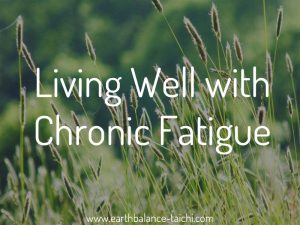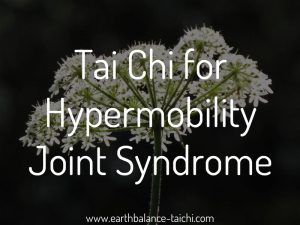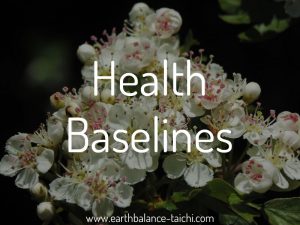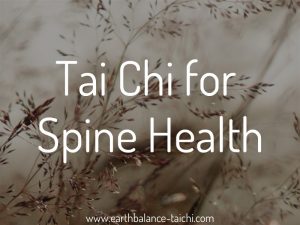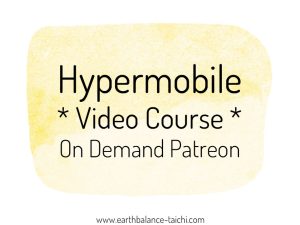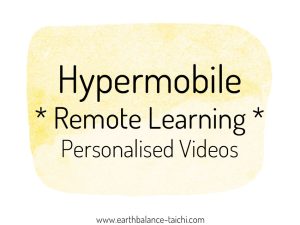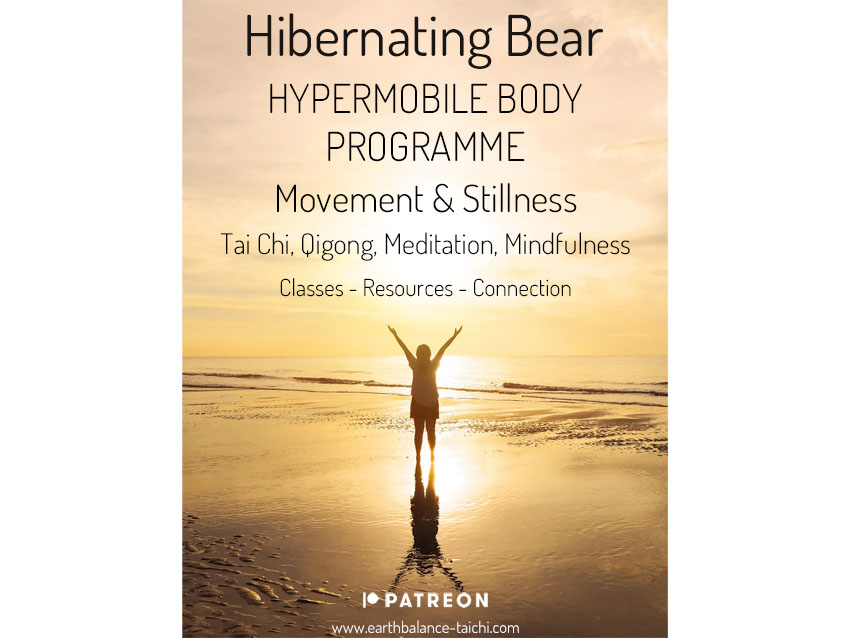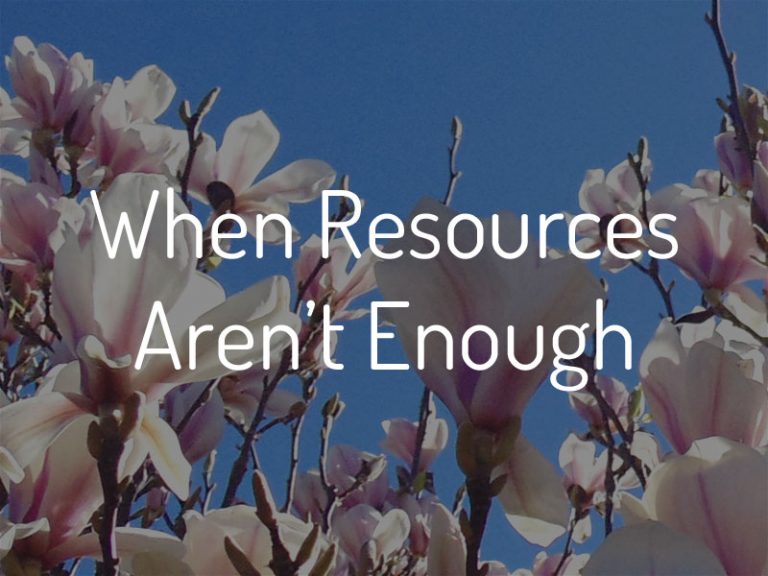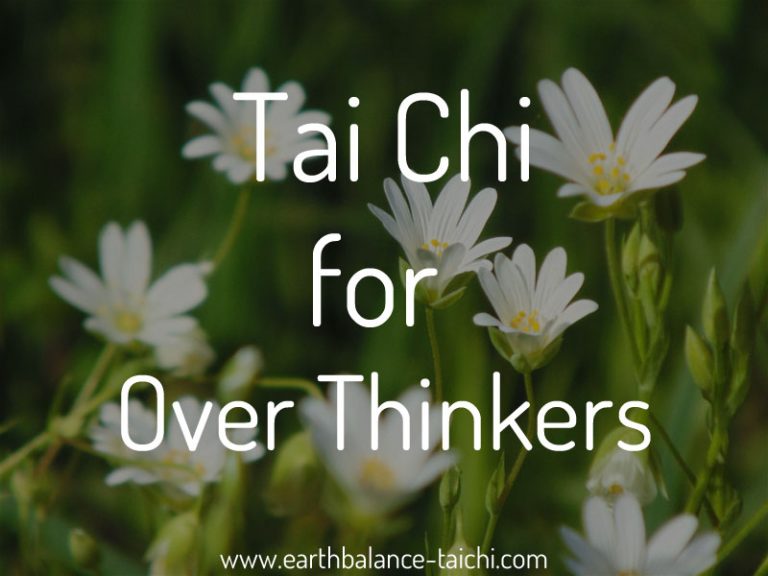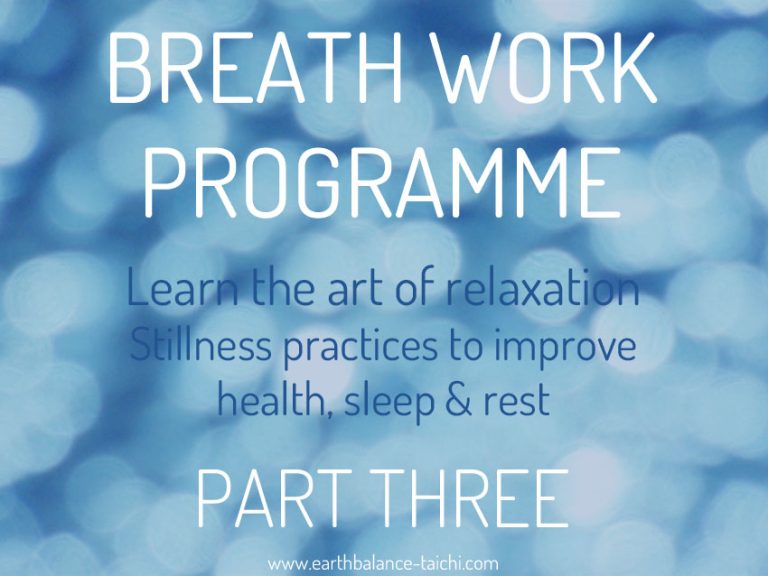What does EDS pain feel like?
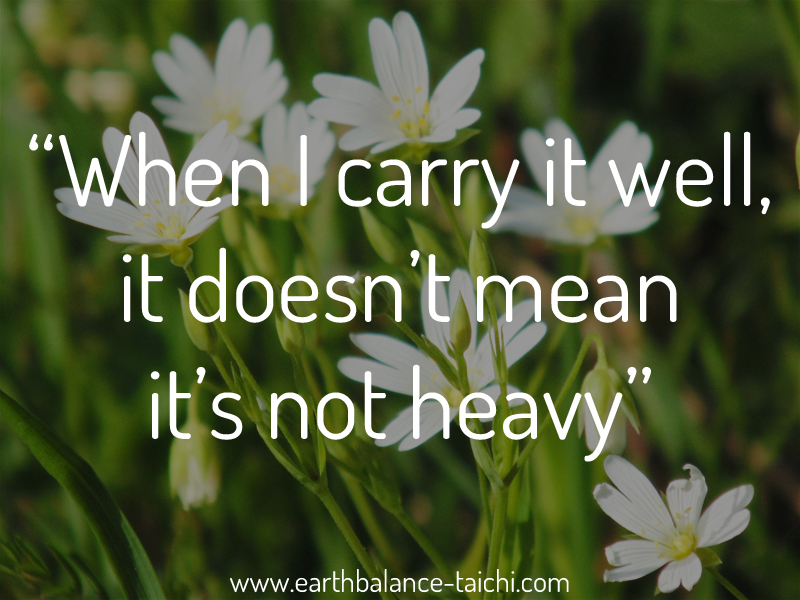
What does EDS pain feel like?
Making the invisible visible
I would like to describe my experience of living with pain to help educate and raise awareness for all living with chronic and acute pain health conditions. For those reading this that know someone who lives with chronic pain, the best thing you can do is listen to them and validate them. You won’t be able to remove their pain, don’t try to fix them, instead, be there for them through ebb and flow and sit with them in their pain. Yes it’s horrid as they may be as helpless as you feel. Allow them the time and space to talk about their pain, how it feels to them physically, how it makes them feel emotionally and the impact on their life. Hear their voice and listen to their words with empathy, compassion and non judgement. Even if you do not understand what they are going through, listening without judgement, releasing expectation and not acting based on that judgement will allow them to lean into their pain with kindness. Through this, over time comes acceptance, what I call the absence of resistance, which helps lessen the pain experience and the impact pain has on life. This article focuses on "What does EDS pain feel like?"
About me
I'm Nicola, a Tai Chi, Qigong and meditation instructor. It can be difficult to explain to people what I go through on a daily basis, which means many have no idea of the depth and breadth of my health challenges. I live with the genetic defect hypermobility spectrum disorder (previously diagnosed HJS, then EDS, now HSD), fibromyalgia, and chronic fatigue syndrome. These diagnosis are all umbrella names for groups of symptoms that cannot be explained. No one can see what is happening within my body, I appear as a healthy human being and do not look or act sick. I live with a long list of symptoms and challenges that are grouped under pain, fatigue and dysfunction. This article looks at my muscular skeletal pain and hyper-mobile joints in detail. There are many other symptoms I experience, too many too mention in this single article.
Joint Pain
My joints are hypermobile, which means they compress and open too far. This causes different types of pain. I live constantly with a pulling and drawing pain in my joints, like they are being slowly pulled out of alignment. If I stay still too long, this starts to increase until it becomes acute pain where I need to move to take the gravity pressure off the joint. My joints also subluxate (partial dislocation), creating acute pain that my body reacts by jumping away from the source of the pain. This happens frequently with the bones in my feet, they simply are not there to stand on without all the little bones flattening out and subluxating. I wear orthotics in my shoes, and can only walk around in bare feet with my toes and feet hooked, although not for long. I also sublux my ankles, elbows, wrists, fingers, neck and knees. Strangely my toes subluxate anytime of the day in and out without pain. I am unable to kneel down without my knee caps popping out.
Dislocations are much more painful, however as I have aged, dislocations are rare as my body is getting much more stiff. Subluxations and dislocations feels like your bones are being pulled apart. It’s a unique type of joint pain. It definitely correlates with how you think it would feel to be pulled apart bone by bone. It’s a deep chronic or acute dragging searing pain that you want to escape from.
With compressing subluxations, this is when I over-close a joint and it starts pulling away from the other side of the compression e.g. elbows, wrists and knees. When I sleep on one side, my shoulder joint over compress into my collar bone. If I step awkwardly then the space in my knee joint seems to disappear and it feels like bone on bone has collided and compressed. My joints can unpredictably subluxate without warning. This can be when I am asleep or when walking or using the joints. One tiny movement in the wrong direction and my ankles will “go over”, or my elbow will go too far.
Muscle Pain
My muscles are chronically over-worked, trying to hold together the joints. They compensate for the loose joints by staying hyper contracted. This causes chronic and acute muscular pain, exaggerated tightness and muscle tension, unpredictable injuries and chronic fatigue. All of my energy is used autonomously by my body to try and stabilise my joints. It never works, the joints never stabilise and the muscles never switch off. This in turn causes a lot of physical tension, pain, headaches and regular migraines. The cold and damp weather makes muscle pain much worse as the muscles naturally tighten up to withdraw from the cold. I dread moving into the colder months of the year. I tend to spiral physically come late autumn. Part of Ehlers Danlos Syndrome means I feel the cold much more than the average person. I am not designed to live in cold England for 8 months of the year. My muscles give out a lot easier than the average person, as they are so tired from all their hard work. I also find it difficult to build and maintain muscle mass, push the muscles too hard and they tear, and DOMs is horrendous pain.
Connective Tissue Pain
The connective tissue; tendons, ligaments and whole body fascia. I feel like I live in a physical straight jacket. Under the skin my body feels like I am covered in cling film that is ever tightening. This makes even the smallest movement painful as the cling film does not want to stretch. This is due to the lack of collagen in the connective tissue which makes it less elastic than the average person. This type of pain is like a lengthening movement pain of something that is too tight. This tightness is always present and without exercise becomes unbearable. No matter what exercise or movement I do for self care in a day, the body resets the next day the same as before and there is no escape. I feel like my body is pulling me into the foetal position, like an ever tightening grip. This also makes exercise very painful as I am deliberately trying to lengthen my connective tissue, to give me a rest as this kind of tightness is exhausting.
One of the most difficult aspects is the unpredictable injuries, from injured muscles, vein tears, soft tissue pulls and strains. A sneeze has previously caused a subluxation of the spine column tearing vertebra discs in the process. It can be anytime and anywhere. I carry splints, supports, physio tape and walking sticks in my car at all times. Generally a joint giving out means a fall, as for me it’s usually legs or feet joints. My body automatically sacrifices the rest of my body for the joint that has collapsed, meaning I fall down. That has before been down a flight of stairs in the middle of the night.
Sleeping funny can also cause a knock on effect of acute and chronic soft and connective tissue pain that takes longer than average to heal. I use bolsters and props in bed so that when I sleep my joints are a bit restricted so they do not subluxate as much as possible. It’s not a fail safe method though and I often wake up with neck subluxations where my head has tipped too far back overnight. I find any injuries around the neck and shoulders often result in migraines.
Any time the body is injured this reduces the ability to exercise and maintaining my self care management programme, which has a massive impact on my current baseline. This also adds to chronic fatigue and the body working over time to heal. Targeted exercise is critical, yet with chronic fatigue the battle to exercise when tired is challenging.
Scar Tissue
Scar tissue does not behave the same way with EDS. Healing is poor, I take a long time to heal and I feel I am constantly battling to lengthen out, soften and dissolve old scar tissue. The more scar tissue I carry as I age, the worse this side becomes. I experience frequent soft tissue injuries, more than the average person due to weakness in the soft tissue. The more injuries I get the more scar tissue I develop. I have a serious hamstring injury from my 30’s, of which the scar tissue still haunts every movement I make today.
Movement and Pain
I find all exercise painful to do, yet within movement there is physical release. This is a hard pill to swallow, as when in fatigue and pain, to put yourself through more pain feels counter-productive. Exercise is one of the only treatments that helps alleviate the hyper mobile joint symptoms of EDS, so I have to exercise frequently whether I wish to or not. My quality of life depends on it. Many who live with EDS don’t exercise and suffer.
Without deliberate and focused daily exercise I spiral after around five days towards a non functioning physical body and spike in pain. I can currently walk, move and exercise, however if I do not keep up my self care management routine, this disintegrates very quickly. It’s like being trapped in ground-hog day, where I have to repeat the same thing over and over again, yet without making any physical progress or gains. I am simply doing my best to hold off spiralling physically whilst trying to slow the degeneration down. Year on year it slowly gets worse. Without exercise I have to use walking sticks and braces all of the time. Over the last 10 years, I have been incapacitated twice, which has been very difficult to recover from. It is like each chip away from the degeneration takes away something I cannot regain. This is the raw life of living with chronic and degenerative health. There is no progress with; exercise, body condition e.g. strength and flexibility, no off switch for chronic fatigue, no off switch for pain.
What movement helps? No impact, adapted yoga, Tai Chi, Qigong, shorter range of motion exercises, walking, short bursts of light weight training, body weight exercises, closed chain exercises, rolling out the muscles. Pilates doesn’t work for me personally, I find the movements too static, wooden and tense. Swimming doesn’t work for me either sadly due to the subluxations in my neck and holding the neck up or to the side. The same with cycling, as this causes too much pressure on my ankles, knees and feet.
Why do I carry on as I do? Many have asked me this, actually I don't feel I have a choice. It's either show up an do what is needed to lessen the symptoms, or spiral into a very bad place physically and mentally. It's not easy and it has an impact on everything I do.
Stillness and Pain
Gravity is my nemesis. Staying in one position for any length of time becomes a ticking time bomb towards an increase in symptoms and pain. Whether driving, standing, sitting at a desk, sitting on the sofa, lying down etc, long periods of stillness create gravitational pressure on the joints with that dragging and pulling downwards feeling/pain. With EDS, I have to change my posture frequently to redistribute the weight of my body on my joints into another position. I could not work at a desk for 8 hours a day, and I also could not walk around for 8 hours a day. I need variety.
Sleep and Pain
Sleep is also my nemesis as I do not sleep, I dose. I move around constantly to try and redistribute the weight of my body onto my joints. After 20-30 minutes in one position, it is too painful to continue in that position, so I have to move. That means readjusting the joints in my limbs and neck so that they are all set up as safely as possible for the next 20-30 minutes. It’s a constant process. I spend about 10-13 hours in bed a night. I have learnt over the years how to rest and not fight against myself with not sleeping deeply. Acceptance of my current baseline is a large part of my ongoing training. I used to be in conflict about the lack of sleep which created less sleep. Now I simply relax, breathe deeply, wander into half lucid dreams and move position again when the hot pokers are in my joints.
I need to spend so much time in bed due to chronic fatigue. I have tried many different patterns and routines, with long bed rest being the only pattern that currently works for me. Without this time resting, I cannot function the next day. A few late nights or any changes to my daily routine mean that I start to spiral with fatigue, pain and symptoms. It can take weeks to recover. Whilst I may not be sleeping, I get valuable rest and recovery. This pattern does reduce down my life, as I have a limit to what I can do each day as the number of hours I am up and about is much different from the average person. I am very aware of my boundaries and get shown my boundaries often when over doing life. The times when my health goes through an ebb, I use bed rest and physical supports (splints, physio tape, bandages) to give my body a rest and break.
Varying Pain
With EDS, the menstrual cycle and hormones are connected with collagen. As a female, for two weeks of the month pain and fatigue symptoms are very high, during pre menstruation and menstruation. This makes the symptoms I experience more severe and unmanageable for half of the month. This side of EDS is a whole other article, as the effects of tight muscles and connective tissue during menstruation causes extreme symptoms and pain. The lack of collagen makes most body functions a whole heap of trouble.
To Finish
I hope this has given you some insight into the complexities of living with a chronic pain condition. My pain will be different to the next person, even those living with the same syndrome will have a different experience. Being able to describe the pain you are in is an important part of learning to take care of your own health and well-being. To have physical awareness of what your body is going through in ebb and flow creates sensitivity that cannot be replicated externally. I know in every moment what state my body is in, by observing my changing baseline this allows me to gracefully navigate chronic health as best I can.
My health baseline changed in my early 30's, and my experience of the national health service has been very poor. Sometimes those with rare conditions slip through the gaps as doctors do not know the condition, and in some cases the same with consultants. I'm quite a proactive person and took upon myself to learn about my condition, to learn about the human body, and to learn about mental health. Through my own study and training, I have learnt how to live well with chronic and acute pain. I work hard to do everything I can to reduce the amount of pain I live with and accept my changing baseline. I have learnt how to change my reaction to pain so that I am not in conflict with it, fighting my pain and rejecting my baseline. I cannot remember a day without pain and fatigue, yet this does not define me, it is not my identity. None of this has been easy, it is a daily challenge, that I often get wrong and push myself too hard for my capability. It's a very delicate balance. I have learnt how to manage my own health and well-being to the best of my ability, yet some days I feel trapped by pain and fatigue. Each year as my symptoms increase and my body degenerates, I try to live with a warm heart. That comes through acceptance and non resistance of what is. Through my experience, I teach others how to live with pain and I pass on the natural techniques I have studied and used personally that help lessen the pain experience. My pain still exists, yet so do I.


